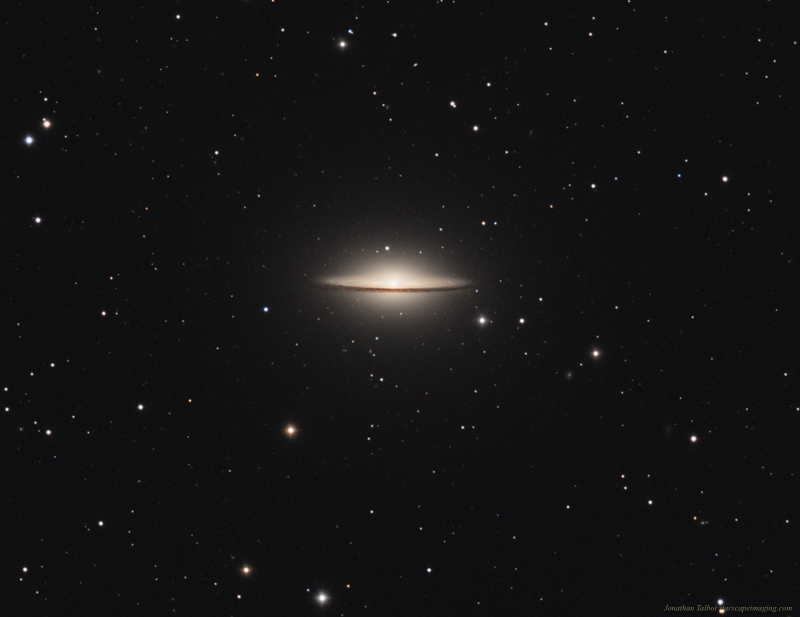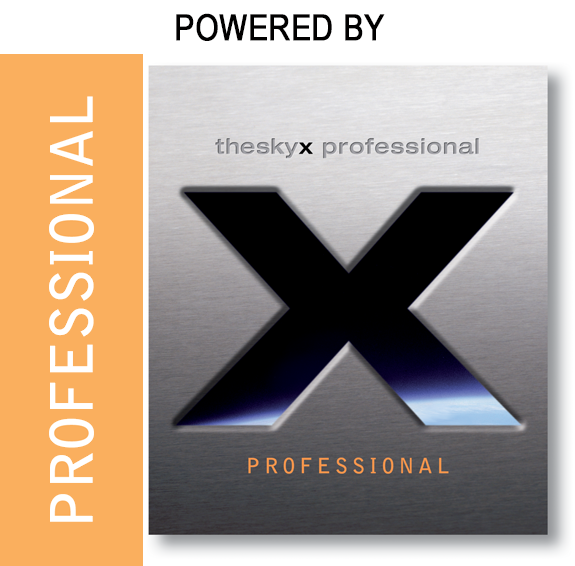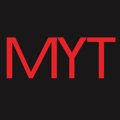
Larger size jpg images available here: 2x resolution cropped image Full size: 2X resolution drizzled image
M104 The Sombrero Galaxy
About this object
M104 also known as NGC 4594 and the Sombrero is a galaxy in the constellation Virgo that we see edge on to us. The prominent dust lane and bright core makes it look like a sombrero hat, aka, the sombrero galaxy. M104 is roughly 31 million light years distant and shines at magnitude 8. Since the galaxy is quite small at a focal length of 900mm, I upsampled the image during processing using the algorithm drizzle. Be sure to click on the links above to see a much higher resolution upsampled image. I included the full field of view and a crop of just the galaxy. To see where many other small galaxy's are I also included an annotated version here: M104Annotated. There are quite a few globular clusters orbiting M104 and a few of these can be seen as small specks within the edge of the bright core. The image includes 8hrs of Luminance, Red, Green and Blue exposures.
M104 also known as NGC 4594 and the Sombrero is a galaxy in the constellation Virgo that we see edge on to us. The prominent dust lane and bright core makes it look like a sombrero hat, aka, the sombrero galaxy. M104 is roughly 31 million light years distant and shines at magnitude 8. Since the galaxy is quite small at a focal length of 900mm, I upsampled the image during processing using the algorithm drizzle. Be sure to click on the links above to see a much higher resolution upsampled image. I included the full field of view and a crop of just the galaxy. To see where many other small galaxy's are I also included an annotated version here: M104Annotated. There are quite a few globular clusters orbiting M104 and a few of these can be seen as small specks within the edge of the bright core. The image includes 8hrs of Luminance, Red, Green and Blue exposures.
Processing Details for those interested
I shot this image later in the season than I wanted to as it was already near the meridian when I started. Luckily I live far enough south that M104 peaks around 48deg in elevation and I had a chance to get around 8hrs of data over several nights.
I used PixInsight to process this image. The raw data was calibrated and cosmetically corrected using the preprocessing script. Blink and Subframe selector was used to weed out bad subframes due to clouds and focus. The calibrated data was aligned using Image registration and since the galaxy was sort of small in my field of view I used the drizzle algorithm to upsample the data to allow for a better view of the galaxy. The drizzle subroutine was used to create master Luminance, Red, Green and Blue images with a pixel scale of .62 arcsec/pixel. The Master images were cropped slightly to the same dimensions using dynamic crop. Dynamic Background Extraction was then used to deal with some light gradients in the image due to my suburban skies.
The background corrected Red, Green and Blue images were combined to color using channel combination and then subsequently color calibrated using Photometric Color Calibration. 30 iterations of deconvolution was applied to the master luminance image. Both the master luminance and RGB images were stretched using the Screen Transfer function tool and Histogram tool. Another slight stretch was done to the color image using the ArcSin stretch function. The Luminance and RGB images were then combined to a LRGB image using the LRGB tool. TGV De Noise was then used in LAB mode to reduce noise in the combined image. A contour mask was made for the brighter stars to slightly reduce some halo's caused by my filters. Several iterations of the curves tool was then used with the luminance image as a mask to increase color saturation and slightly darken the background. The Game script was used to create a mask around the galaxy and the galaxy was sharpened using layer 2 and 3 of Multiscale linear transform and then unsharp mask was used to sharpen the galaxy a bit.
I shot this image later in the season than I wanted to as it was already near the meridian when I started. Luckily I live far enough south that M104 peaks around 48deg in elevation and I had a chance to get around 8hrs of data over several nights.
I used PixInsight to process this image. The raw data was calibrated and cosmetically corrected using the preprocessing script. Blink and Subframe selector was used to weed out bad subframes due to clouds and focus. The calibrated data was aligned using Image registration and since the galaxy was sort of small in my field of view I used the drizzle algorithm to upsample the data to allow for a better view of the galaxy. The drizzle subroutine was used to create master Luminance, Red, Green and Blue images with a pixel scale of .62 arcsec/pixel. The Master images were cropped slightly to the same dimensions using dynamic crop. Dynamic Background Extraction was then used to deal with some light gradients in the image due to my suburban skies.
The background corrected Red, Green and Blue images were combined to color using channel combination and then subsequently color calibrated using Photometric Color Calibration. 30 iterations of deconvolution was applied to the master luminance image. Both the master luminance and RGB images were stretched using the Screen Transfer function tool and Histogram tool. Another slight stretch was done to the color image using the ArcSin stretch function. The Luminance and RGB images were then combined to a LRGB image using the LRGB tool. TGV De Noise was then used in LAB mode to reduce noise in the combined image. A contour mask was made for the brighter stars to slightly reduce some halo's caused by my filters. Several iterations of the curves tool was then used with the luminance image as a mask to increase color saturation and slightly darken the background. The Game script was used to create a mask around the galaxy and the galaxy was sharpened using layer 2 and 3 of Multiscale linear transform and then unsharp mask was used to sharpen the galaxy a bit.
Image Details
- Optics : Stellarvue SVX 152 refractor @f6 898mm FL and 1.24 arcsec/pix resolution
- Mount: Paramount MYT
- Camera: QSI 683
- Filters: Astrodon
- Exposure (min): LRGB: 150:100:110:130
- Camera/Mount Control: The Sky X, CCD Auto Pilot 5
- Guiding: Lodestar X2
- Processing: PixInsight 1.8,
- Location: Stark Bayou Observatory, Ocean Springs, MS
- Sky: Typical SQM 19.6-20.0, Bortle 5, Suburban
- Date: 24May-9 June 19






